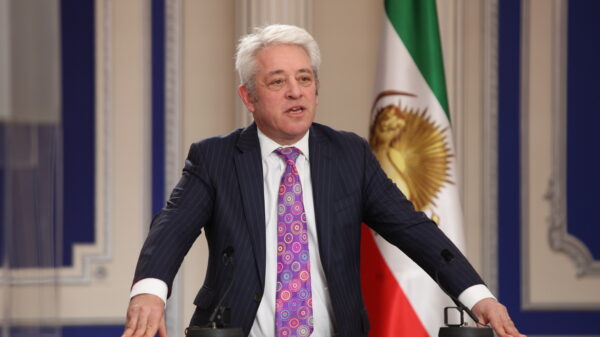The years to come will be crucial for the implementation of the Recovery and Resilience Facility (RRF), the EU’s flagship pandemic response funding, and stakeholders have already shown strong interest in its novel financing mechanism. The European Court of Auditors is gearing up to issue a number of reports on the topic. Today, the auditors have issued a comparative analysis of the RRF and the EU’s cohesion policy funding to help draw preliminary conclusions to feed into the preparation of the EU’s long-term budget after 2027. The review looks at the similarities and differences between both instruments in terms of their governance and management, programming of spending, conditions for making payments, monitoring and cost of implementation, control, and audit.
In brief, the €724 billion in EU funding made available through the RRF means that EU countries can spend significantly more EU funds between 2021 and 2027 than previously on economic, social and territorial cohesion. This will also increase the proportion of EU-financed public investments across the EU. As the RRF runs concurrently with cohesion funding, EU countries can choose to finance investments through either instrument. Coordinating their implementation is thus of crucial importance, as countries must ensure that the two instruments complement rather than duplicate each other. The two instruments are implemented under a different overall framework, governance and management arrangements because of their different purposes, which means the EU bodies and national authorities have different responsibilities for each instrument. Funding under both instruments is provided through grants; for the RRF, funding is also disbursed in the form of repayable loans. Cohesion support allocated to the countries takes account of regional disparities; this is not the case for the distribution of RRF funding. The instruments also differ significantly in terms of their approval and assessment processes: while cohesion payments are based on actual costs, the conditions for making RRF payments involve the satisfactory fulfilment of milestones and targets, which are also the basis for control and audit. As a result, for the RRF, the Commission relies more on national systems to ensure that the EU’s financial interests are effectively protected.
Background information
The ECA’s review “EU financing through cohesion policy and the Recovery and Resilience Facility: a comparative analysis” and the ECA’s work programme for 2023+ are available on the ECA website.


































